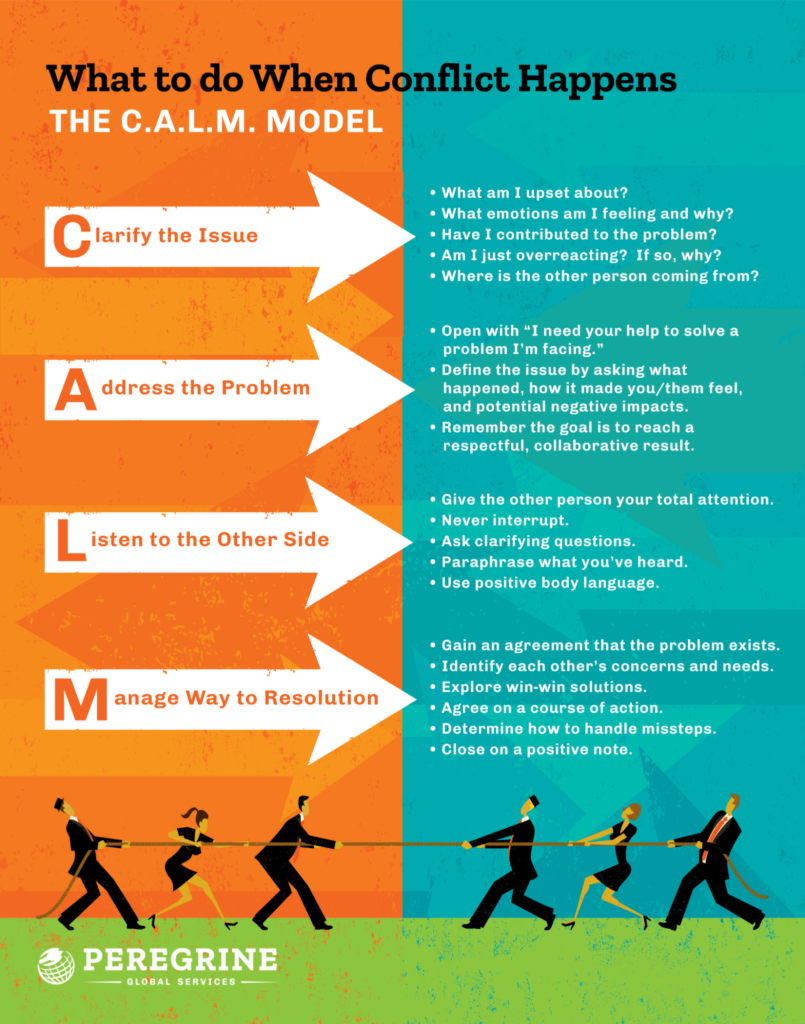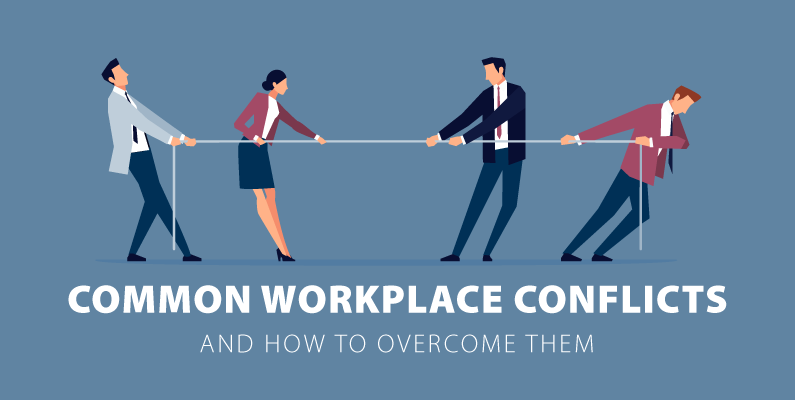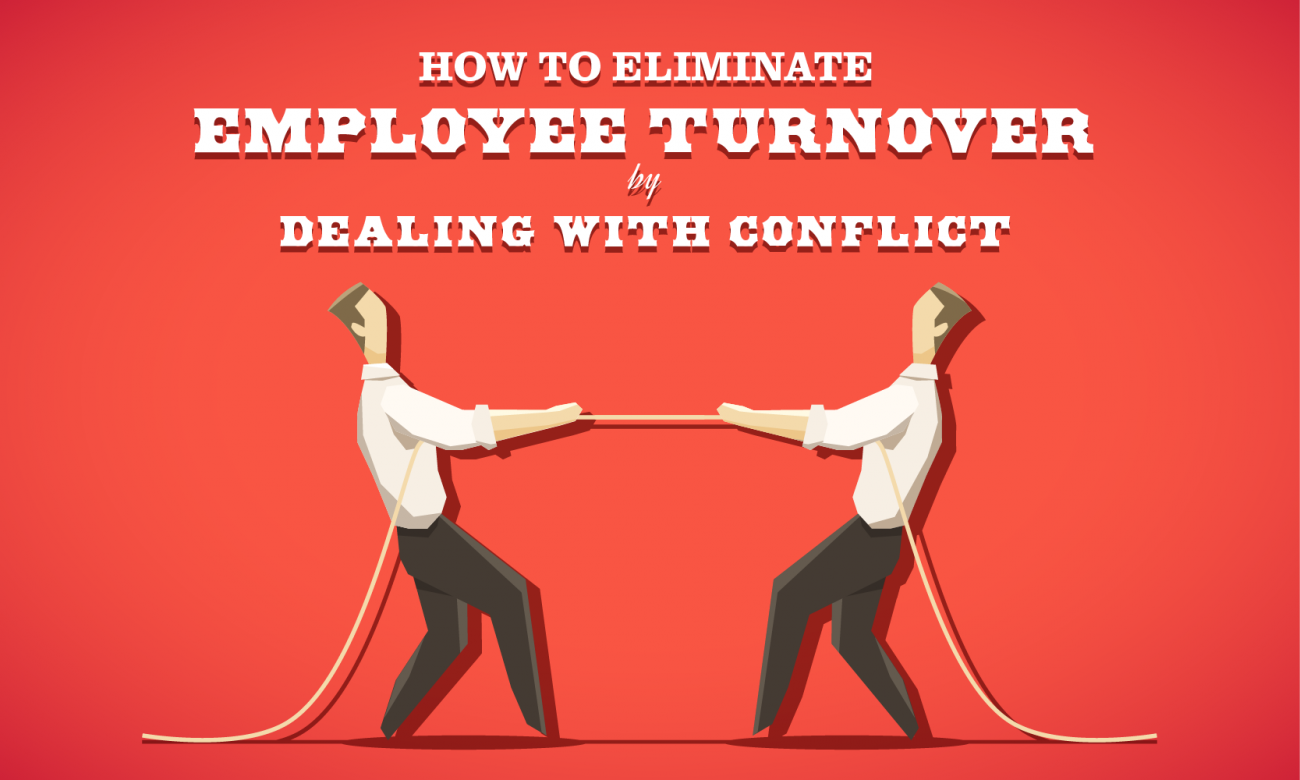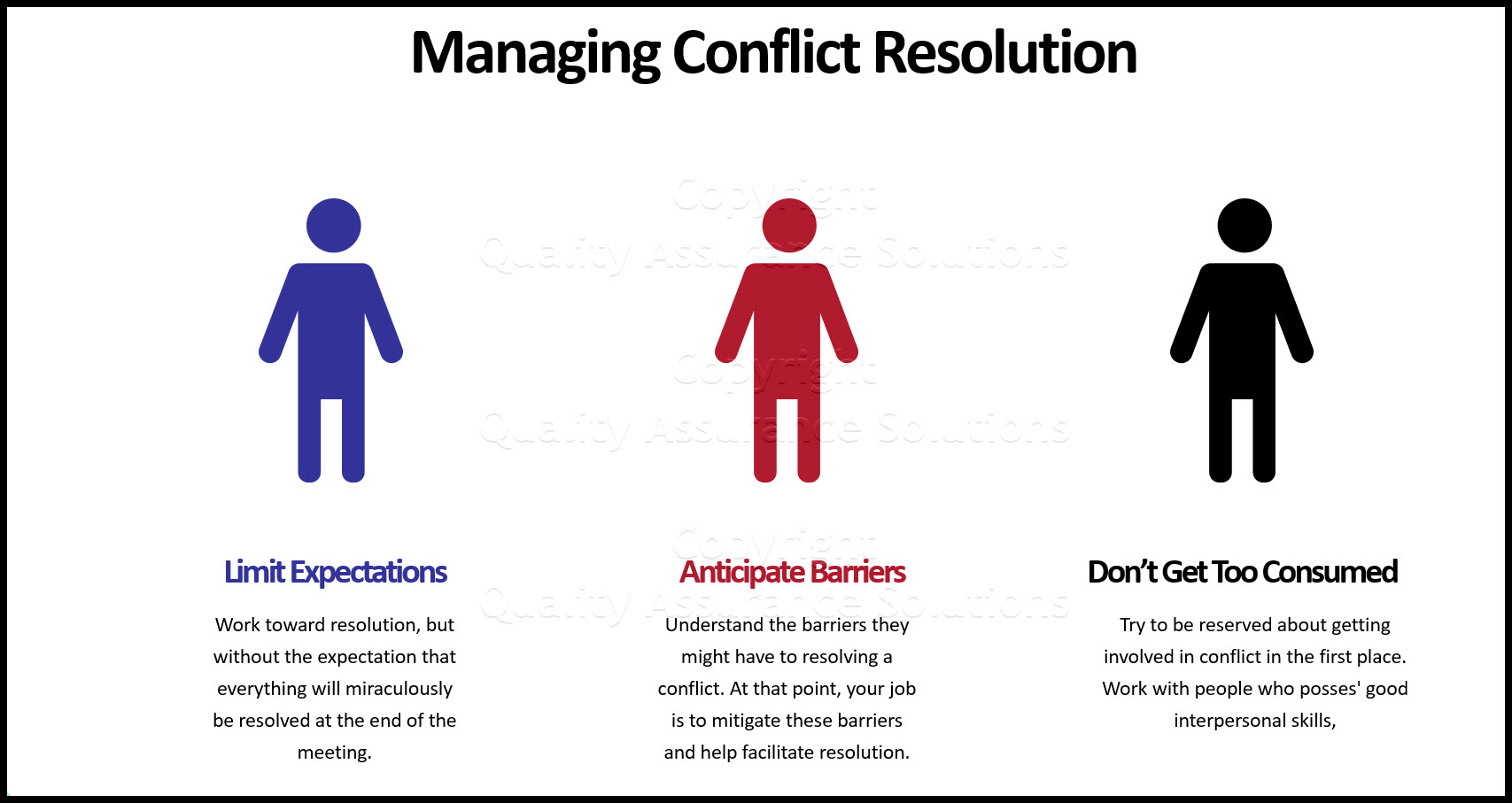How To Deal With Conflict Between Employees
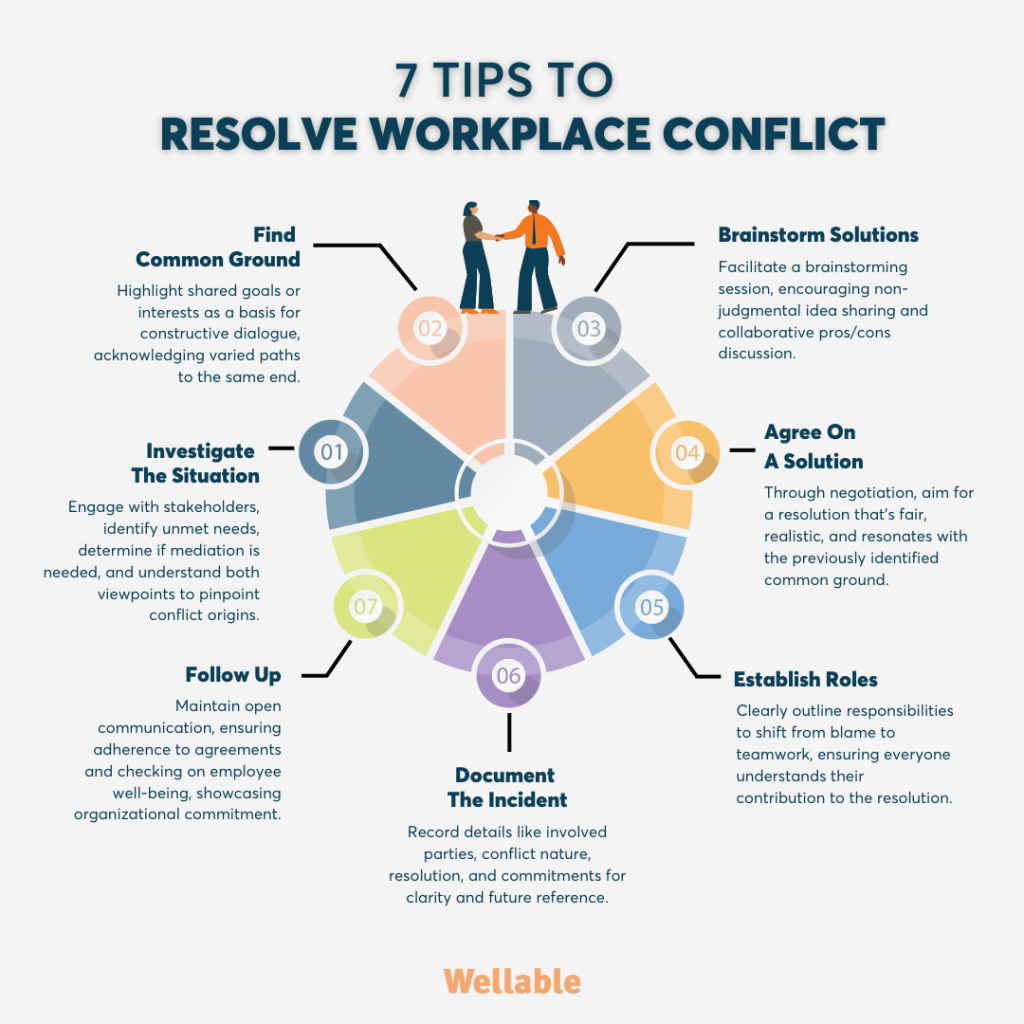
The air in the office hung thick with unspoken tension. Sarah avoided eye contact with Mark near the coffee machine, their once easy banter replaced by curt nods. A project deadline loomed, and their differing approaches had ignited a simmering feud, threatening to derail the entire team. Sound familiar? Workplace conflict is a universal challenge, but navigating it effectively can transform a negative situation into an opportunity for growth.
This article provides practical strategies for addressing and resolving conflicts between employees. We'll explore preventative measures, communication techniques, and conflict resolution processes that can foster a more harmonious and productive work environment.
Understanding the Roots of Workplace Conflict
Conflict is almost inevitable when people work closely together. Differences in personality, work styles, and values can contribute to friction.
Often, misunderstandings or miscommunication are at the heart of disagreements. Ambiguous instructions, unclear roles, or a lack of transparency can easily lead to conflict.
Competition for resources, such as budget, recognition, or promotions, can also fuel tensions between employees. According to a 2023 study by SHRM, 49% of employees have experienced conflict due to competition.
Prevention is Key: Building a Culture of Open Communication
The best way to deal with conflict is to prevent it from escalating in the first place. Creating a workplace culture that values open communication is crucial.
Encourage employees to express their opinions and concerns in a respectful manner. Implement regular team meetings where everyone has a chance to contribute and voice their thoughts.
Provide training on effective communication skills, including active listening and conflict resolution. Invest in programs that promote emotional intelligence and empathy.
Establishing Clear Expectations and Roles
Ambiguity breeds conflict. Clearly defined roles and responsibilities minimize confusion and overlap, reducing the potential for disagreements.
Create detailed job descriptions and project outlines. Regularly review and update these documents to ensure they remain relevant and accurate.
Foster a culture of accountability where employees are responsible for their actions and commitments. Transparency is key to building trust and preventing misunderstandings.
Navigating Conflict: A Step-by-Step Approach
When conflict does arise, it's important to address it promptly and constructively. Ignoring the problem will only allow it to fester and potentially escalate.
Active listening is the first step. Hear each party’s perspective. Create a safe space where individuals can express their feelings without fear of judgment or reprisal.
Once you've gathered all the information, identify the root cause of the conflict. Is it a misunderstanding, a personality clash, or a more systemic issue?
Facilitating a Constructive Conversation
Bring the conflicting parties together for a mediated discussion. As a manager or mediator, your role is to facilitate a fair and productive conversation.
Encourage them to focus on the issues, not the personalities. Emphasize the importance of finding common ground and working towards a mutually acceptable solution.
Help them explore different perspectives and identify potential compromises. Brainstorm solutions that address the underlying concerns of all parties involved.
Documenting the Agreement and Following Up
Once a solution is reached, document the agreement in writing. This ensures that everyone is clear on their responsibilities and commitments.
Schedule regular follow-up meetings to monitor progress and address any remaining concerns. Be prepared to revisit the agreement and make adjustments if necessary.
A Gallup poll indicated that employees who feel heard and supported are more likely to be productive and engaged. Addressing conflict effectively signals that you value your employees and their well-being.
When to Involve HR
In some cases, the conflict may be too complex or sensitive to resolve internally. In these situations, it's essential to involve your HR department.
HR professionals have the training and experience to handle delicate situations, such as harassment, discrimination, or ethical violations. They can conduct a thorough investigation and recommend appropriate disciplinary action if necessary.
Remember: It is important to consult with your HR department when you are unsure of how to proceed.
Turning Conflict into Opportunity
While conflict can be uncomfortable, it also presents an opportunity for growth. By navigating disagreements effectively, teams can learn to communicate better, understand each other's perspectives, and develop more innovative solutions.
Embrace conflict as a catalyst for positive change. Encourage employees to view disagreements as opportunities to learn and grow, both individually and as a team.
By fostering a culture of open communication, proactive problem-solving, and mutual respect, you can create a workplace where conflict is not feared, but rather embraced as a valuable tool for driving innovation and achieving shared goals. Like a well-tended garden, a workplace nurtured with understanding and empathy will flourish, yielding a bountiful harvest of productivity and collaboration.

